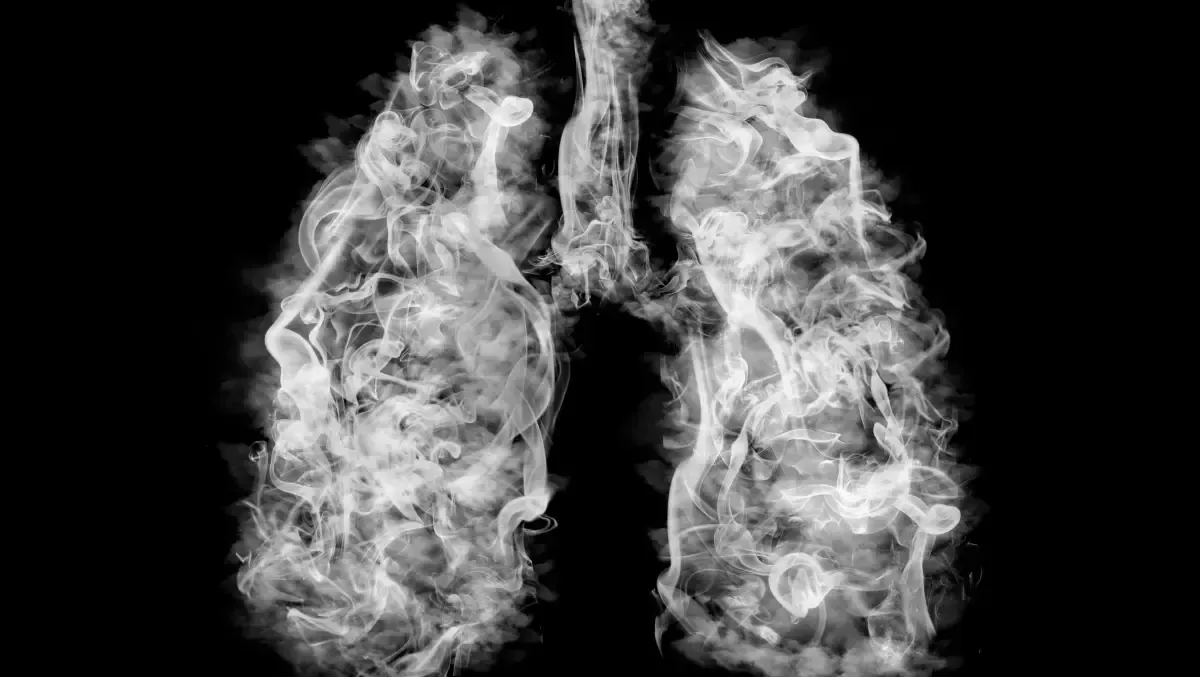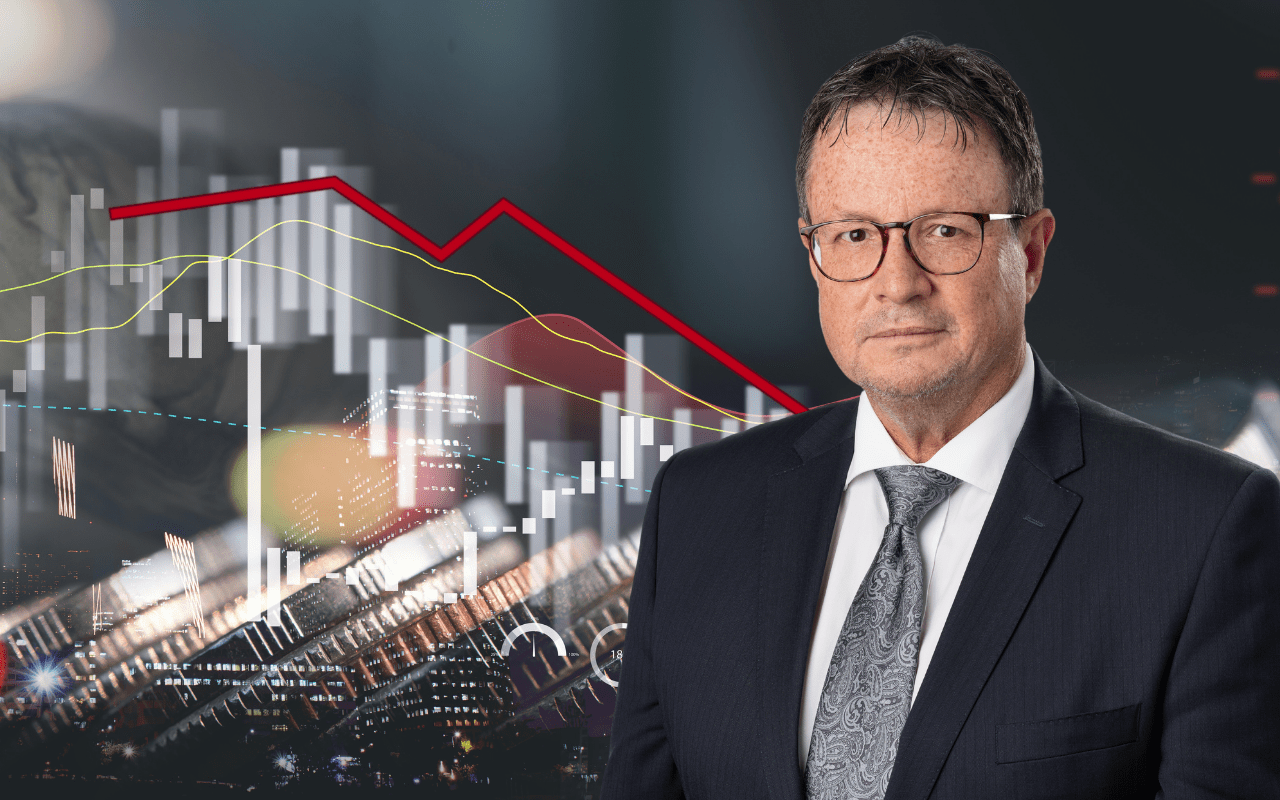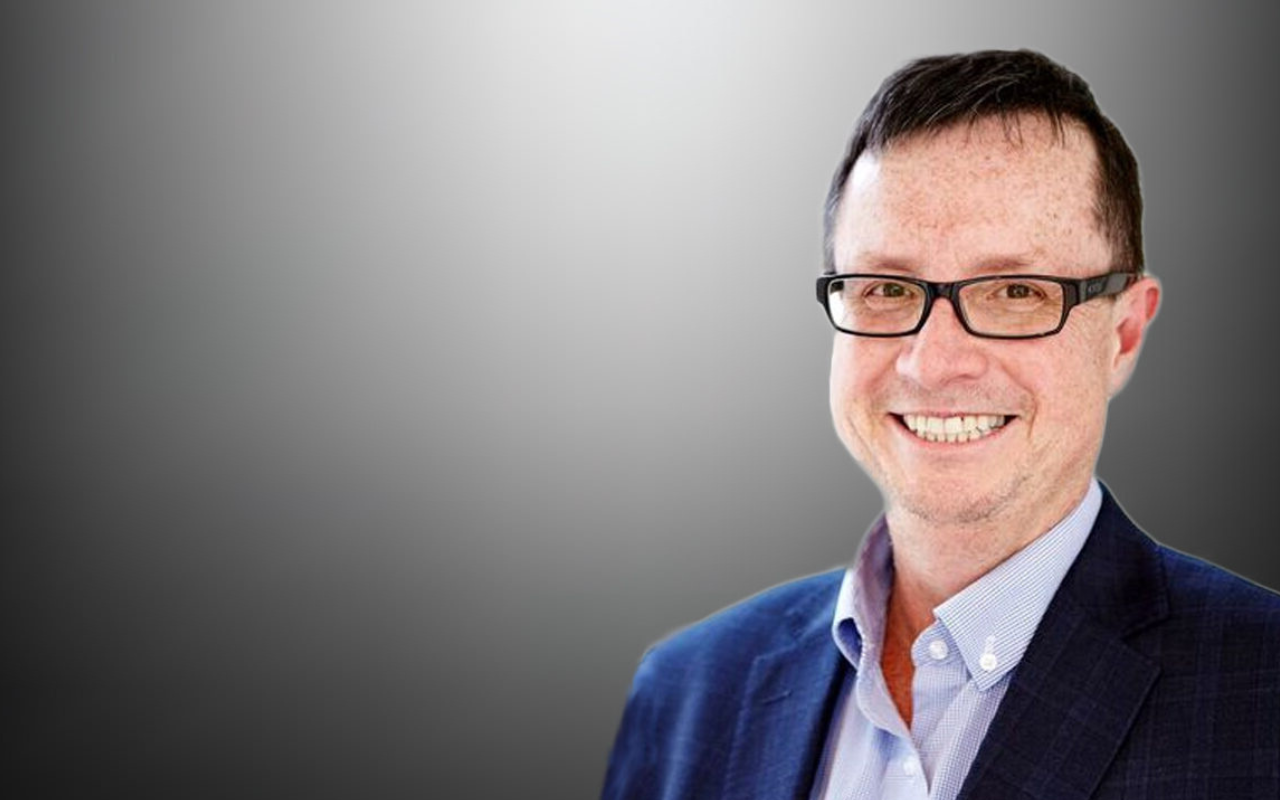Hot summer predictions show climate change risks
Originally published insightplus.mja.com.au
With a hot summer expected in Australia, only global action by governments can achieve the society-level change required to tackle climate change.
After an unusually warm winter, many of us are approaching summer with some concern as we face what is likely to be another El Niño season. The news from the northern hemisphere’s summer has been grim and difficult to watch. Terrifying wildfires raced across the tropical Hawaiian island of Maui, razing the historic tourist city of Lahaina and taking dozens of lives in unprecedented and horrific scenes. Much of the north-eastern United States was blanketed in toxic levels of smoke from Canadian wildfires, while Mediterranean countries such as Greece faced punishing heatwaves and battled fires threatening towns and popular tourist destinations (here).
For many Australians, the disasters unfolding in North America and Europe — not only fires but floods — have triggered distressing memories of Australia’s own recent “Black Summer” and subsequent flood events. These compounding and consecutive environmental disasters have been unprecedented in their scale and impact, leading to staggering economic losses for the country. After three years of La Niña conditions that halted preventive burning and led to prolific growth of bush and grasslands, predictions are that this summer will bring a strong risk of bush and grass fires, as has occurred after every previous triple La Niña.
The recent environmental catastrophes in Australia and elsewhere have been described as unprecedented and that, certainly, is true, but they are not unexpected. Indeed, the observed pattern of increasingly severe climate-related natural disasters was predicted by economist Professor Ross Garnaut almost 20 years ago. The narrative that recent events are merely a reflection of a pattern of bushfires that is normal for Australia is contradicted by the evidence. The bad news is that climate change is predicted to make everything worse; that Australians should expect more frequent, more severe, and less predictable natural disasters.
Putting aside the extraordinary economic effects of climate-related natural disasters — including the potentially bankrupting effects on the insurance industry — the immediate human cost falls not only on those in the path of fire and flood, but directly on the emergency services and recovery teams who battle to protect and care for us all. As fires and other climate-related natural disasters inflict more damage in Australia and globally, the effects on firefighters and other frontline workers will only intensify. The report from Australia’s 2020 Royal Commission into National Natural Disaster Arrangements concluded that, among many other concerns, “the increasing complexity of disaster risks presents new challenges that have the potential to overwhelm the capabilities of our fire and emergency services”. The more recent Strategic Defence Review described how the increasing use of Australian Defence Force assets in disaster response cannot be sustained and is degrading our defence capabilities.
Health care workers and emergency management personnel are used to working closely together. In a country such as Australia, it is likely that climate change will play out with a series of health crises. The Australian health system — and its workforce — have been challenged by the stress of the coronavirus disease 2019 (COVID-19) pandemic on an already stretched and underfunded system. Providing an adequate health workforce is difficult enough as things stand, without the inevitable further addition of stress as the health ill-effects of climate change play out. In concert with greater and greater demands being placed on all our emergency response and recovery services, parallel demands will be placed on Australia’s fragile health system.
In response to national responses — or the lack of — to climate change, former leaders from every Australian fire service, from Emergency Management Australia, and some State Emergency Services (SES), forestry, and national parks agencies, set up the group Emergency Leaders for Climate Action before the Black Summer bushfires. They warned the government of an approaching bushfire disaster and measures that should have been taken to prepare. They continue to lobby for more action on the underlying problem, greenhouse gas emissions, as well as the need for a massive funding boost for climate change adaptation. Their success shows that expert commentary can positively influence the national picture and political landscape, including community understanding.
There are competing narratives on Australia’s response to the effects of greenhouse gas emissions. However, Australia is in a position to demonstrate strong leadership to the global community: this has been demanded by our Pacific neighbours. Unfortunately, our policy and other responses to emissions and resulting climate change are shaped not by science or a sense of ethical responsibility to the next generation, but largely by politics. Polling suggests that people want climate action in Europe, the United States and Australia, yet politicians have found to their cost that trying to introduce pro-environmental policies has the potential to lead to an electoral backlash. Indeed, the United States’ Brookings Institute has described curbing emissions as “the toughest, most intractable political issue we, as a society, have ever faced”. Here in Australia the situation is similar: most people agree that climate change is an important issue, but few state that they are willing to make the “major personal sacrifices” necessary to effect change.
As frightening climate records continue to fall around the world, and the prospect of large parts of the world becoming uninhabitable become more real, it is clear that strong leadership is vital if we are to at least stabilise the situation. It is unlikely that any actions we take will reverse the effects of climate change, certainly in our lifetimes, but trying to prevent the worst case outcomes must be our highest priority.
What does this leadership look like? Leadership is about understanding and acknowledging the issues and using personal and organisational influence and credibility to take society along on the journey. This will require major cultural change for our community, so transparency is critical. As we watch more and more climate disasters unfold, we need to inform and help the community to understand that climate adaptation is an urgent priority, with the limits of our emergency management capabilities already being overwhelmed by extreme, compounding weather events.
The emergency management and health sectors are among the most trusted groups in our community.
We must repay that trust by putting the interests of our community first and ensure that sustainability and environmental responsibility are at the heart of our culture, in the way that safety currently is embedded in the work of emergency services and health care. Trusted voices can inform, can inspire, and can set the examples through action. Australians know that, when things go wrong, our emergency service and health care workers will always step up to protect them. We need to scale this up to make our mission one of protecting the whole community and, indeed, future generations.
Estimates suggest that the health care sector contributes as much as 7% of Australia’s domestic greenhouse gas emissions. Although Australia’s onshore domestic emission of greenhouse gases contribute less than 2% of the global output, it is important to remember that our export products are significant contributors to greenhouse gas emissions in other parts of the world. If voices from the health care sector are to have credibility when calling for climate action, then it is important that we take steps to reduce the emissions created during our work.
This is easy to say but, in practice, not so easy to achieve. Already a great deal of work has been done to guide the major redesign that will be necessary to prepare health care for a low carbon future. The system changes necessary for greening health care will include a strategy to deal with low value health care, greening health activities with a large carbon footprint such as surgery, and reducing greenhouse gas emissions with virtual consultations. These actions demonstrate that the health sector is fundamental to the fight against the climate crisis (here and here), and we urge our medical community colleagues to continue to take an active role in this effort.
Nobody should be surprised that leaders from emergency management and health care sectors are calling for urgent climate action. We stand among the groups who have the responsibility of dealing with the consequences of unchecked global warming: heatwaves, droughts, fires, floods and diseases. A recent protest by paediatricians about fracking in the Beetaloo Basin makes perfect sense: children are disproportionately vulnerable to the health effects of climate change.
There are worrying signs that climate change is accelerating at a pace greater than anticipated. These changes will affect all of us and, importantly, our children and their children. The worst case scenarios are terrifying and, almost certainly, would be irreparable. The actions we take now must be large, decisive, and urgent.
Although it is important that each of us strive to make our lives and work sustainable, only global action by governments can achieve the society-level change required to wrest control and protect all of us.
Working with political leaders — a group, rightly or wrongly, considered among the least trustworthy — to build credibility and help our community on the journey to global sustainability is now a clear obligation for emergency management and health care workers.
As Ban Ki-moon, the former Secretary-General of the United Nations who convened the 2007 Climate Change Summit, wrote:
“What we do not have is time … Our earth is more fragile than we might think … and the effects are being felt most acutely by those least able to cope and least responsible for the problem. This is a moral issue … a defining moment. We all have [a] historical responsibility to future generations. Our grandchildren will be our judges.”
Professor Steve Robson is the President of the Australian Medical Association.
Greg Mullins AO AFSM is an Australian firefighter, a former Commissioner of Fire and Rescue New South Wales, a climate councillor with the Climate Council and a founding member of Emergency Leaders for Climate Action.
David Templeman AM is a former Director-General of Emergency Management Australia, the President of Public Health Association of Australia and founding member of the Emergency Leaders for Climate Action.
Recent Posts










